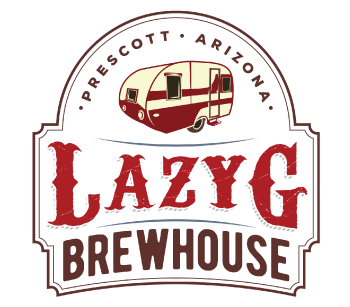 For the past several years I have been observing from a distance the slow and steady increase in interest and participation in 200-plus-mile trail races. These long, epic races — often lasting as long as five or six days — have captured the imagination of an ever increasingly large corner of the trail and ultrarunning world so I figured it was about time I learned what all the fuss was about. And so, earlier this week I drove up to the remote old mining town of Crown King, Arizona, to volunteer at an aid station on the Cocodona 250 Mile.
For the past several years I have been observing from a distance the slow and steady increase in interest and participation in 200-plus-mile trail races. These long, epic races — often lasting as long as five or six days — have captured the imagination of an ever increasingly large corner of the trail and ultrarunning world so I figured it was about time I learned what all the fuss was about. And so, earlier this week I drove up to the remote old mining town of Crown King, Arizona, to volunteer at an aid station on the Cocodona 250 Mile.
Crown King is “only” at mile 37.4, so I expected most of the runners to look fresh. However, the 37.4 miles from the start to Crown King is arguably the most difficult section of the race, and I was surprised to see how worked over some of the runners looked. It was a great look under the hood at this unique ultra subculture.
The first thing that struck me was how heavy the runners’ packs were. Between the mandatory gear for the rapidly changing temperatures and the large hydration bladders necessary for traversing long stretches between aid stations, many runners’ packs I carried were at least 15 pounds. I am guessing that training with a heavy pack is a must-do in preparation for a big race like the Cocodona 250 Mile.
Next, the most significant malady impacting the runners, even less than 40 miles into the race, was foot issues. By the time the midpack converged on Crown King at about 13 hours into the race, the medical staff was treating a seemingly nonstop flow of blisters and macerated feet. The combination of wet feet and warm temperatures seemed to take an early toll.
Of course, in an event that can last as long as 125 hours for some people, I was not all that surprised at how long most runners spent in the aid station. It was a far cry from the pit-stop-style gear changes at fast races like Western States 100. Here at the Cocodona 250 Mile, with so much time on the clock, the lack of urgency was refreshing and made for a pleasant social experience for runners, crews, and volunteers. It was simply fun!
And, speaking of fun, these 200-mile runners can eat! The Crown King aid station, set up in the yard of the historic Crown King Saloon, offers made-to-order black bean burgers and pulled pork sandwiches, complete with all the trimmings and sides of macaroni salad and potato salad. At times I felt more like a server at a sports bar than a volunteer at an aid station.
Finally, through the day it became clear to me how important drop bags are in these multi-day races. In fact, some runners spared no expense in packing their drop bags with enough stuff to supply a small army. In addition to the usual things like shoes, socks, layers, headlamps, batteries, and more, runners packed some of their own food like pizza and tater tots in their drop bags. They also stashed charging devices for their phones and watches, and a few good luck charms like small teddy bears to be pinned onto their packs.
As I drove home and reflected on the experience, one thought kept going through my mind. While all these runners were struggling mightily, even just 37.4 miles into the race, they were all 100% committed to the experience and finding joy in the process. Sure, this happens at shorter distances too, but at Cocodona there just seemed to be more joy and optimism than I’ve seen in many other ultras and that is something the world really needs.
Bottoms up!
AJW’s Beer of the Week
 This week’s beer of the week comes from Prescott, Arizona, which is located at about the 100-mile mark of the Cocodona 250 Mile. The LazyG Brewhouse is a fantastic brewery in historic Prescott, known for historic beer recipes. Their Kentucky Common ale, which is similar to what we now call a cream ale, is a rich, robust and smooth-drinking ale with a touch of smoky malt and hops. If you’re in town for Cocodona, be sure to stop by the LazyG!
This week’s beer of the week comes from Prescott, Arizona, which is located at about the 100-mile mark of the Cocodona 250 Mile. The LazyG Brewhouse is a fantastic brewery in historic Prescott, known for historic beer recipes. Their Kentucky Common ale, which is similar to what we now call a cream ale, is a rich, robust and smooth-drinking ale with a touch of smoky malt and hops. If you’re in town for Cocodona, be sure to stop by the LazyG!
Call for Comments
- Have you run a 200-plus-mile race?
- If so, how did the experience differ from running a standard ultra?
- And the same questions if you attended one!


